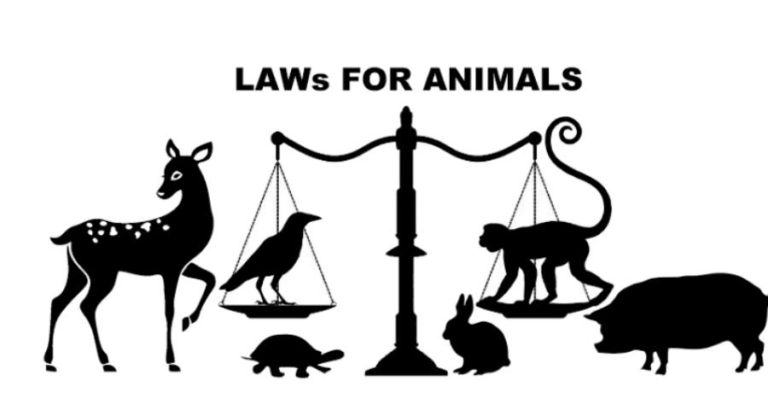

We all are living in an era where women are stepping out of their homes and taking up jobs either in organized or unorganized sectors to become financially independent. They also want to support their families by earning some extra pennies. However, despite this modern era, our society remains patriarchal, and females often depend on male members to seek permission to work outside the home. Many women face denial by male members, who raise questions about who will protect them, what about their safety, how they will handle the situations of sexual harassment and so on. Women, however, want to work outside and create an image in society that is completely different from that of a housewife. But again, the question arises: what if a woman faces sexual harassment at her workplace? Where will she go? Is there any legislation to protect women against such offenses? The answer is affirmative as we have legislation called as The Sexual Harassment of Women (Prevention, Prohibition and Redressal) Act, 2013
Let’s understand the background of the formation of this Act. Vishakha & Ors. V/S State of Rajasthan1 is the landmark judgement for sexual harassment cases. In 1992, a woman named Bhanwari Devi worked as a social activist in a remote village in Rajasthan. She was associated with the Rajasthan government to work on a social development program aimed at stopping child marriages in such villages. She attempted to terminate the child marriage of a Gujjars’s infant girl which was going to happen but despite her fully committed efforts, she failed to stop the wedding. Later on, with the intention of taking revenge she was gang-raped by five men in front of her husband. During the Trial Court, all accused were discharged as not guilty. After this, a writ petition was filed in the Hon’ble Supreme Court by NGOs.
ISSUES RAISED :-
- Whether such sexual harassment at workplace cases amount to violation of the Right to Equality before Law, Right to Life and Liberty?
- Whether there is a need for a legal framework for women’s protection against sexual harassment at the workplace?
- Whether the employer has any responsibility if sexual harassment activities are done at the workplace by other employees?
JUDGEMENT :-
The judgment of the Vishakha case was delivered by Chief Justice J.S Verma. In this case, the Hon’ble Supreme Court observed that there was a violation of fundamental rights under Article 142,19(1)(g)3, and 214 of the Indian Constitution. The Apex Court further stated that this hampered the right to live a dignified life. Also, the Court observed the need for a safe working environment at the workplace so that women can be protected from such sexual harassment. After this case, the Hon’ble Supreme Court laid down some guidelines which need to be followed at every workplace. These guidelines are generally known as “Vishakha Guidelines”. These guidelines include the following major points : –
- It is the duty of the employer to create a safe environment for women and ensure their safety at the workplace from sexual harassment activities.
- Also, the employer must provide a resolution and settlement mechanism for such cases.
- Sexual harassment includes any of the following unwelcome conduct or behavior, whether directly or by implication :
- a) Physical contact and advances
- b) A demand or request for sexual favours
- c) A demand or request for sexual favours
- d) Showing pornography
- e) Any other unwelcome physical, verbal or non-verbal conduct of a sexual nature.
- There must be a complaint committee at every workplace headed by a woman and half of its members must be women.
- The committee must prepare an annual report of sexual harassment cases.
These were some guidelines issued by the Apex Court to protect women against sexual harassment.
Also, these guidelines form the basis of the formation of “The Sexual Harassment of Women at Workplace (Prevention, Prohibition and Redressal) Act, 2013.
Sexual harassment can be defined as any unwelcome behaviour intended to make woman feel unsafe, offended or humiliated. It is inappropriate behaviour or act done without the consent of woman. Such acts create a hostile environment for women, where they feel unsafe and sexually harassed at the same time.
But even after the formulation of such legal frameworks, women’s safety at the workplace is still not taken seriously. Such cases are rising continuously. Even nowadays, women face such hazardous situations, and most of them are not even aware of the legal framework for filing such cases. A recent case of sexual harassment was filed against the former head of the Wrestling Federation of India (WFI).
The ex- chief of WFI, Brij Bhushan Sharan Singh, has been accused of sexual harassment by women wrestlers. He has been accused of assault or criminal force to a woman with intent to outrage her modesty5, sexual harassment6, stalking7and criminal intimidation8 under the Indian Penal Code. Such charges against the former chief have been filed upon complaints by several women wrestlers.
Therefore, it is very important to spread awareness about sexual harassment. It is crucial to promote the culture of mutual respect and dignity at the workplace. Also, it is equally important to build a safe and friendly environment where women can openly discuss such problems if they face any at the workplace. At the same time, women need to be more educated, aware of their right and remedies and should be treated equally to their male counterparts at the workplace. Most women do not even notice that they are being sexually harassed. But such cases are very complex and require efforts from both the sides i.e., individual and legal system. Despite the global issue of gender equality and awareness, women continue to face such inappropriate conducts and behaviour such as verbal comments, non-verbal actions, physical advances and psychological pressure and much more which undermine the dignity of women. Such cases leave a severe impact on a woman’s self-respect and life, causing depression, anxiety, emotional and psychological distress. There are several laws and policies for ensuring women’s safety, but these need to be implemented more strictly.
- A.I.R. 1997 S.C. 3011.
- Art. 14, Const. of India (Right to Equality).
- Art. 19(1)(g), Const. of India (Right to Practice Ones Profession).
- Art. 21, Const. of India (Right to Life)
- Indian Penal Code Sec. 354 (1860).
- Indian Penal Code Sec. 354A (1860).
- Indian Penal Code Sec. 354D (1860).
- Indian Penal Code Sec. 506 (1860).




